Aizuwakamatsu: Modern City, Samurai Spirit
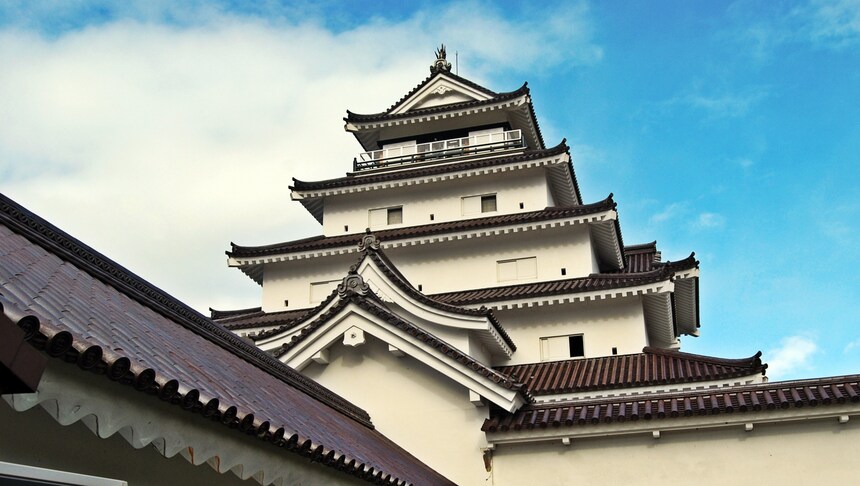
Located in western Fukushima Prefecture, Aizuwakamatsu, also known as “Samurai City,” is a sterling example of Japan’s ability to seamlessly combine the amenities of a modern city with respect for its traditions and historical significance. I spent an unforgettable weekend up north, getting reacquainted with the place I used to call home.
The Journey North
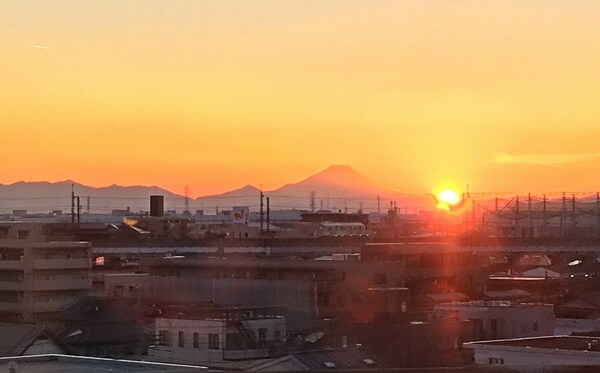
Like my previous visit to Hachinohe, my journey began with a shinkansen (bullet train) from Tokyo Station. Although there’s no direct route to Aizuwakamatsu, it takes about an hour and a half by bullet train to reach the city of Koriyama, followed by an hour-long local train.
Not only was the way there easy to navigate, the adorable cars were decorated with the local mascot, the akabeko (literally: red bull), and offered lovely views of the surrounding countryside, and the large lake Inawashiro.
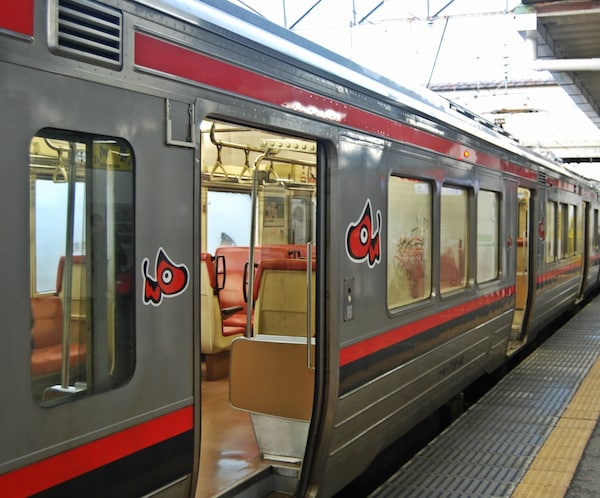
It’s worth noting that, while shinkansen run regularly up and down the country, trains between Koriyama and Aizuwakamatsu are somewhat infrequent. It’s important to plan ahead if you want to get there as quickly as possible (Koriyama is more than worth a visit in its own right!). My girlfriend and I stepped off the train into the crisp mountain air and made our way to our lodgings.
Getting Around
Similar to most cities in Japan, Aizuwakamatsu has a sightseeing bus that runs on a loop throughout the city. Day passes are available for purchase at tourist centers and hot spots throughout the city (but not on the bus itself). Aizu is pretty friendly for walkers and isn’t particularly sprawling, but if you have a lot of luggage or visit in the middle of winter, it’s well worth the ¥500 for the pass.
Live in Luxury at Higashiyama
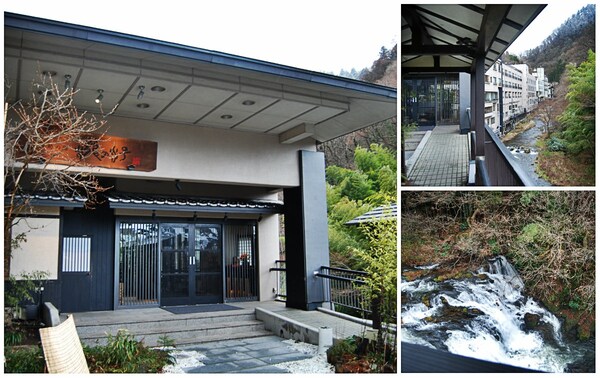
While there are plenty of modern hotels in the city, the best place to stay, by far, is at one of the many beautiful ryokan (Japanese inns) located in the famous Highashiyama resort village. Established over 1,300 years ago, Higashiyama is comprised of gorgeous inns, each with their own luxurious, natural onsen (hot springs). With so many lovely accommodations to choose from, including the gorgeous Mukaitaki, there’s no possible way to go wrong.
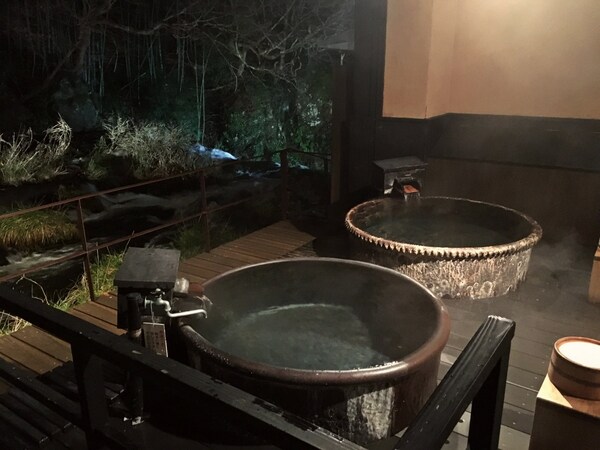
The facility we stayed at was the Shousuke Inn Takinoyu. In operation for 130 years, it has a beautiful view of the river that runs through the area, culminating in a small but picturesque waterfall that their outdoor baths perfectly overlook. Takinoyu holds a special place in my heart, and was one of my favorite places to visit whenever I wanted a luxurious soak to help me through the cold northern winter.
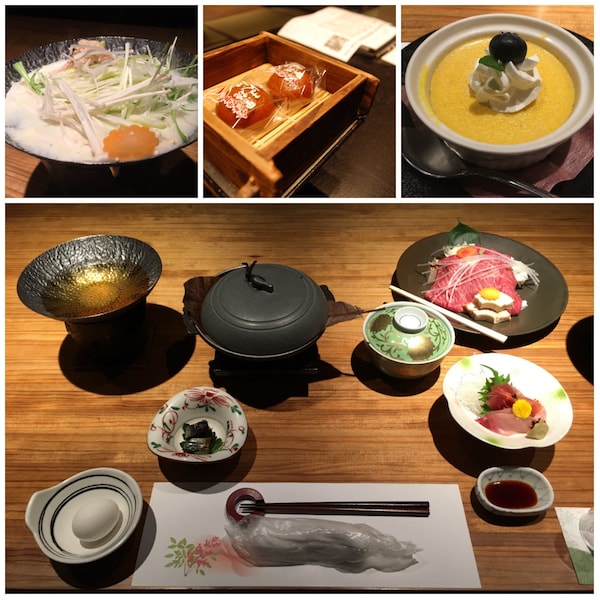
They offer multiple packages to prospective guests, most of which include a delicious, traditional Japanese dinner at one of their in-house restaurants, a breakfast buffet and unlimited access to their baths. My girlfriend had booked us two nights, which included two different kaiseki (meticulously prepared multi-course) dinners, and reservations on both days for one of their numerous private baths. When we arrived, we were warmly greeted with complimentary green tea as well as some local sake to sample while they prepared our room. We also enjoyed a show, since they have a projector in the lobby that plays Noh performances on a screen that's set up like a stage in the forest.

http://shousuke.com/
Although we stayed in one of their smaller rooms, it was more than enough space for the two of us, with a view of the river and the forest on the other side. The futons were rolled out on the soft tatami floor while we enjoyed dinner, and the yukata they provided was the perfect clothing to relax in after enjoying the baths (although I must admit, I still feel a little self-conscious when I wear them). Both nights we went to bed feeling toasty and full, which is exactly what we were looking for after enjoying the rest of the charms the city had to offer.
Samurai City

Aizu played an important role in the history of the samurai and was the location of the Battle of Aizu, one of the largest conflicts during the Boshin War.
The context of the Boshin War is complicated, but a brief overview is necessary to fully appreciate Aizu’s historical significance. From 1868-1869, Japan was engaged in a civil war between the forces of the ruling Tokugawa Shogunate and those seeking to wrest political power from the Shogun and return it to the Imperial Court. The Aizu Domain sided with Tokugawa, and it was in the northeastern part of Japan that resistance lasted the longest. Eventually, even these forces fell, returning political control of Japan to Emperor Meiji, better known as the Meiji Restoration.
During this period, the Aizu military established the Byakkotai (the White Tiger Battalion), a force of about 300 teenage samurai. While many members of the Byakkotai survived the war, the twenty members of the second squad—who were cut off from the rest of the army and retreated to nearby Iimoriyama—are romantically remembered.
Iimoriyama
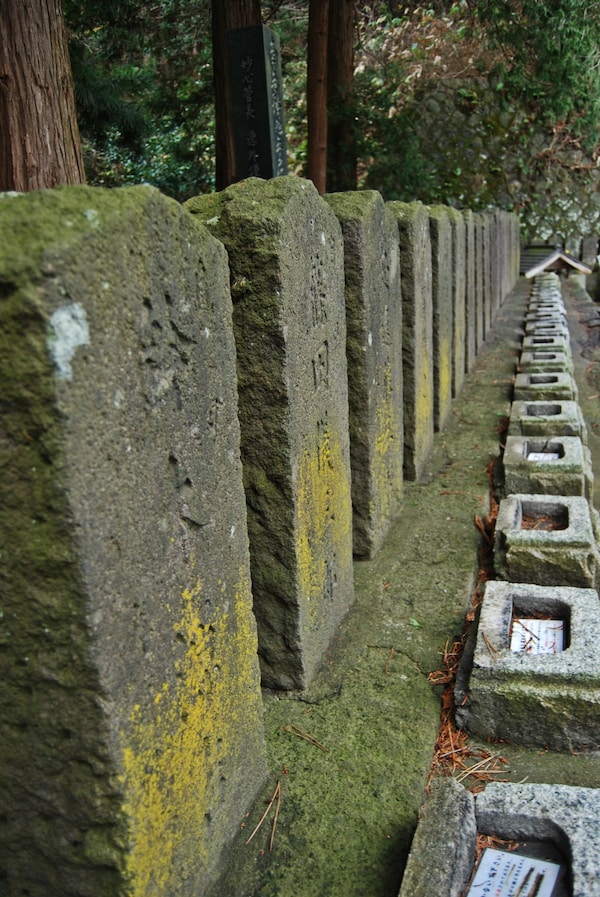
On top of the hill overlooking the city, they saw what they thought was the castle burning. Believing their families slain and their cause lost, they committed ritualistic suicide—a custom of the time practiced by defeated samurai (although one young soldier survived). They were premature in their decision as the battle raged on without them and their bodies were left to the elements until the Imperial government finally granted permission to have them buried. A memorial was erected in their honor.

The walkway up to Iimoriyama is lined with tourist shops, some of which open early and are happy to offer a warm cup of amazake (a traditional drink made from koji) while you browse their selection of souvenirs. The stairs to the top can be a bit daunting, but for a small fee visitors can take an escalator most of the way up
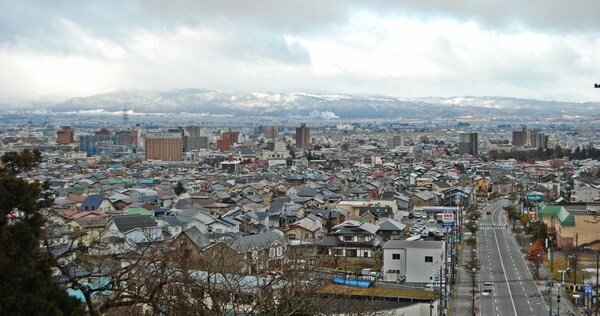
But the view of the city and the surrounding landscape is as breathtaking as the climb. Along with the memorial to the Byokkotai and a museum detailing their history, Iimoriyama is also home to Sazaedo.



